Is Your Make-Up Putting You At Risk? The Products That Should NEVER Be Shared
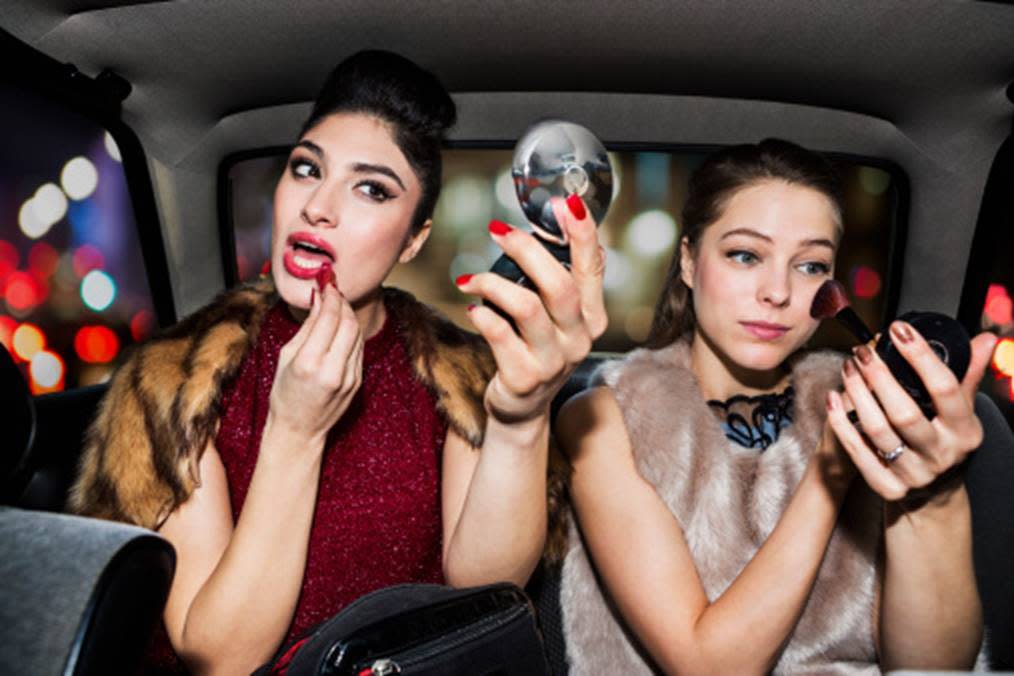
We’ve all done it, borrowing our friend’s lipgloss in the bathroom and trying on the lipstick from the beauty counter. [Photo: Getty]
Sharing make-up happens all the time, but just how bad is it to use someone else’s? What products can you safely share and how can we use make-up in a more hygienic way?
Essentially, swapping make-up means swapping germs and you could end up with infections, cold sores and, in extreme cases, even confined to a wheelchair. Some of it is down to makeup hygiene but some products are notoriously worse than others.
So, without further ado, here are the ones you should avoid swapping with your mates…
Mascara
With the mascara brush coming into close contact with your eyes, this is one of the number one products that can cause an infection like conjunctivitis or pink eye, both highly contagious infections.
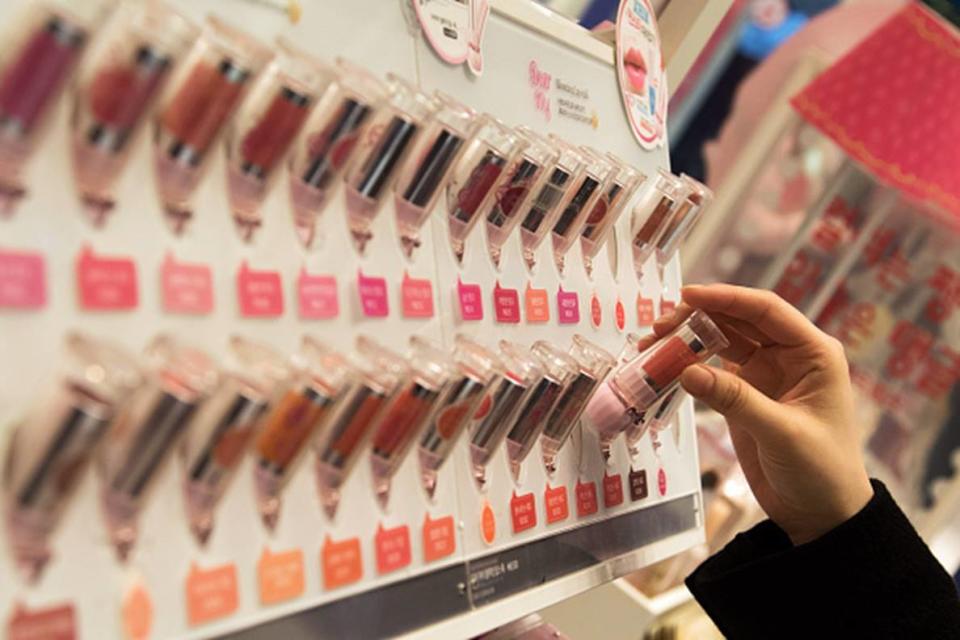
Beauty counters can be very tempting places. [Photo: Getty]
Beauty Testers
Never apply beauty testers directly to your mouth. If you’re getting a make-over from a beauty consultant, make sure that they use fresh, disposable brushes – especially for eye and lip products. Just think about the number of people who’ve used the product before you!
Liquid Eyeliner
Pencil base eyeliners are okay, because they can be sharpened to reveal a fresh surface but liquid and gel based eyeliners can harbour invisible germs, both on the brush and suspended in the liquid. The rule is, if you can’t wipe off the surface, you’re exposed to all the germs on the surface of the product.
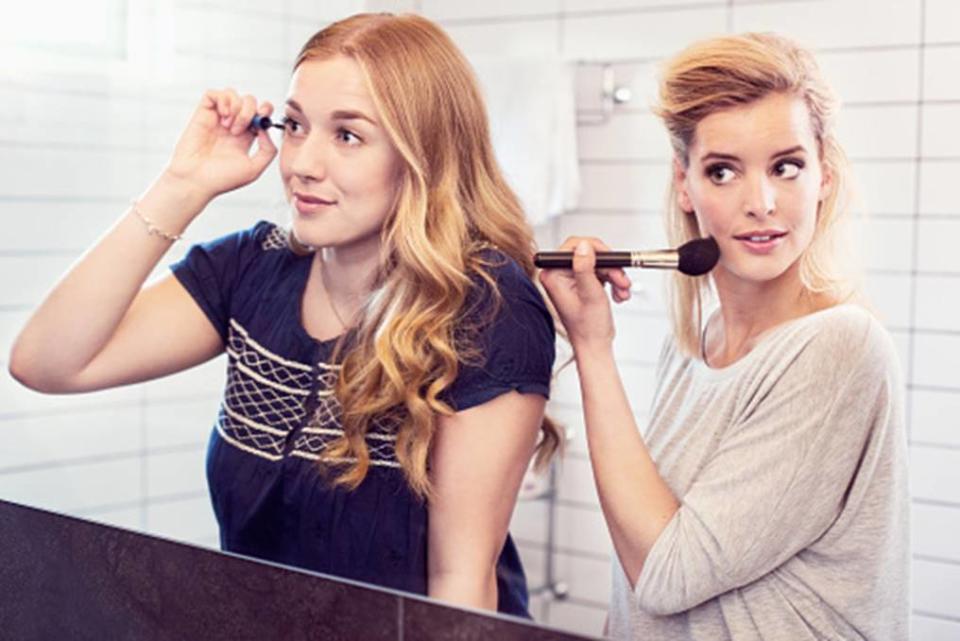
Brushes carry a whole host of germs, so make sure you ask for disposable ones to be used when you’re having a make-over. [Photo: Getty]
Cream Blusher
Cream based products are a lovely environment for germs to grow and anything which you use your fingers to apply just encourages more bacteria to grow. Sharing cream blusher spreads germs as well as pushing bacteria deeper into the pot.
Lip Gloss and Lipsticks
Unless you sanitise the wand each and every single time, your lip gloss tube is a breeding ground for bacteria. Developing illnesses can be invisible to the naked eye and cold sores are easily spread this way.
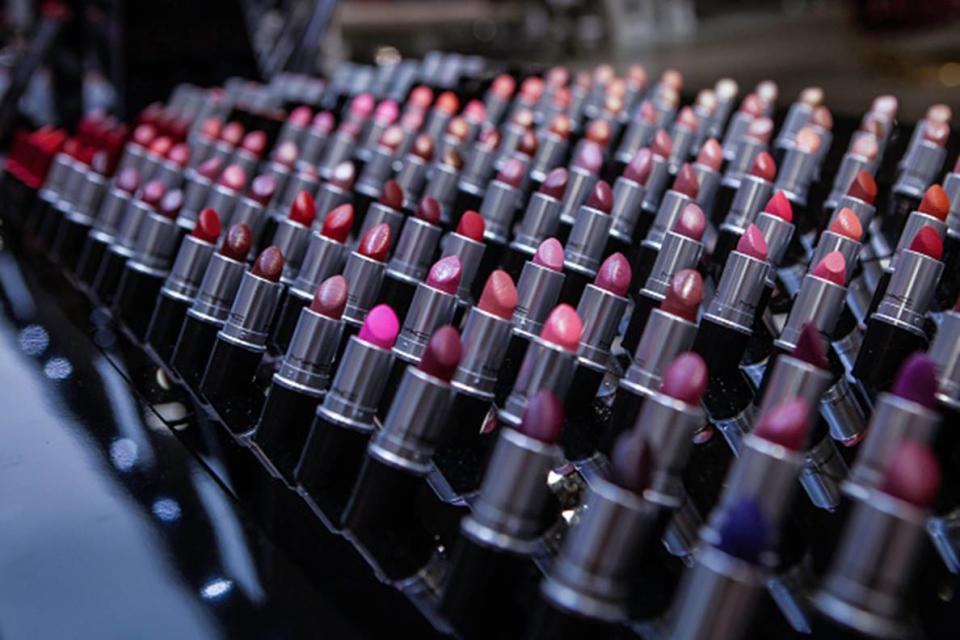
So beautiful, yet covered in invisible germs. [Photo: Getty]
Ways To Share Make-Up Safely
Powder based products are much safer to share as they provide harder conditions for bacteria to survive in. Use your own brush if possible because bacteria can thrive on unwashed makeup brushes too.
If you really MUST use the beauty store testers, stick to the lipsticks and wipe off the top layer of the onto a tissue.
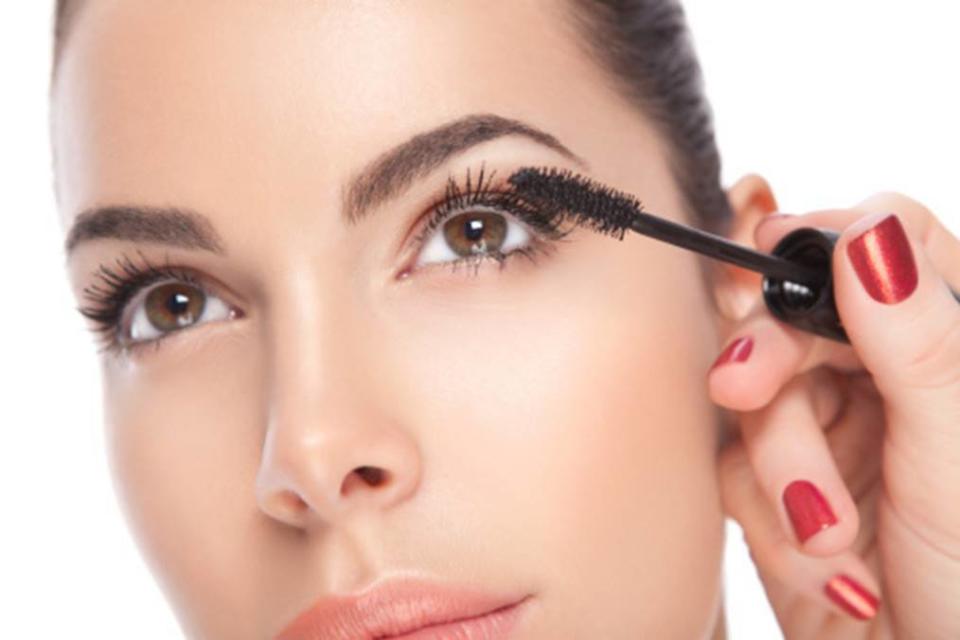
Since your eyes are the most susceptible to infection, make sure that you throw out mascara and gel eyeliners after about three months. If you’ve had a recent infection, buy fresh makeup straight away otherwise you’ll get stuck in a cycle of eye infections - which won’t be pretty.
Remember it’s not just about the make-up products; your tools need to be clean, too. We love the MAC Brush Cleanser, £12, which lasts absolutely ages. Just drop a few drops onto a cotton pad for a daily cleanse and add to warm water for the weekly wash.
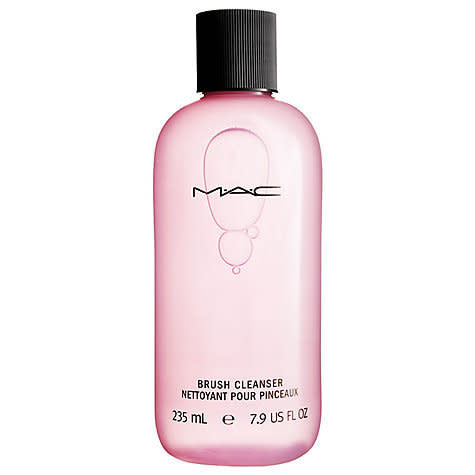
Invest in a good makeup sanitiser like the Pro Hygiene Collection Antibacterial Makeup Spray £15 a sanitising mist which is specially formulated not to dry out, crack or change the colour of makeup.
You can use it directly on makeup, or on your brushes - so now you have no excuse not to be using clean and SAFE makeup.
Do you share your makeup? When was the last time you changed your mascara? Tweet us @YahooStyleUK.
8 Winter Beauty Products You Can (And Should) Make At Home
This Is What Your Hair Straighteners Are Doing To You (And It’s Not Good)

